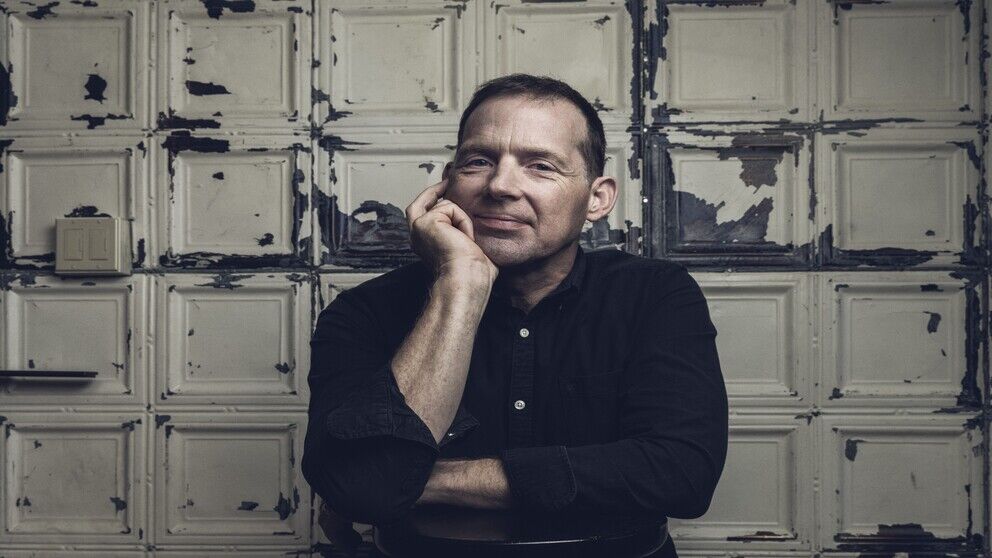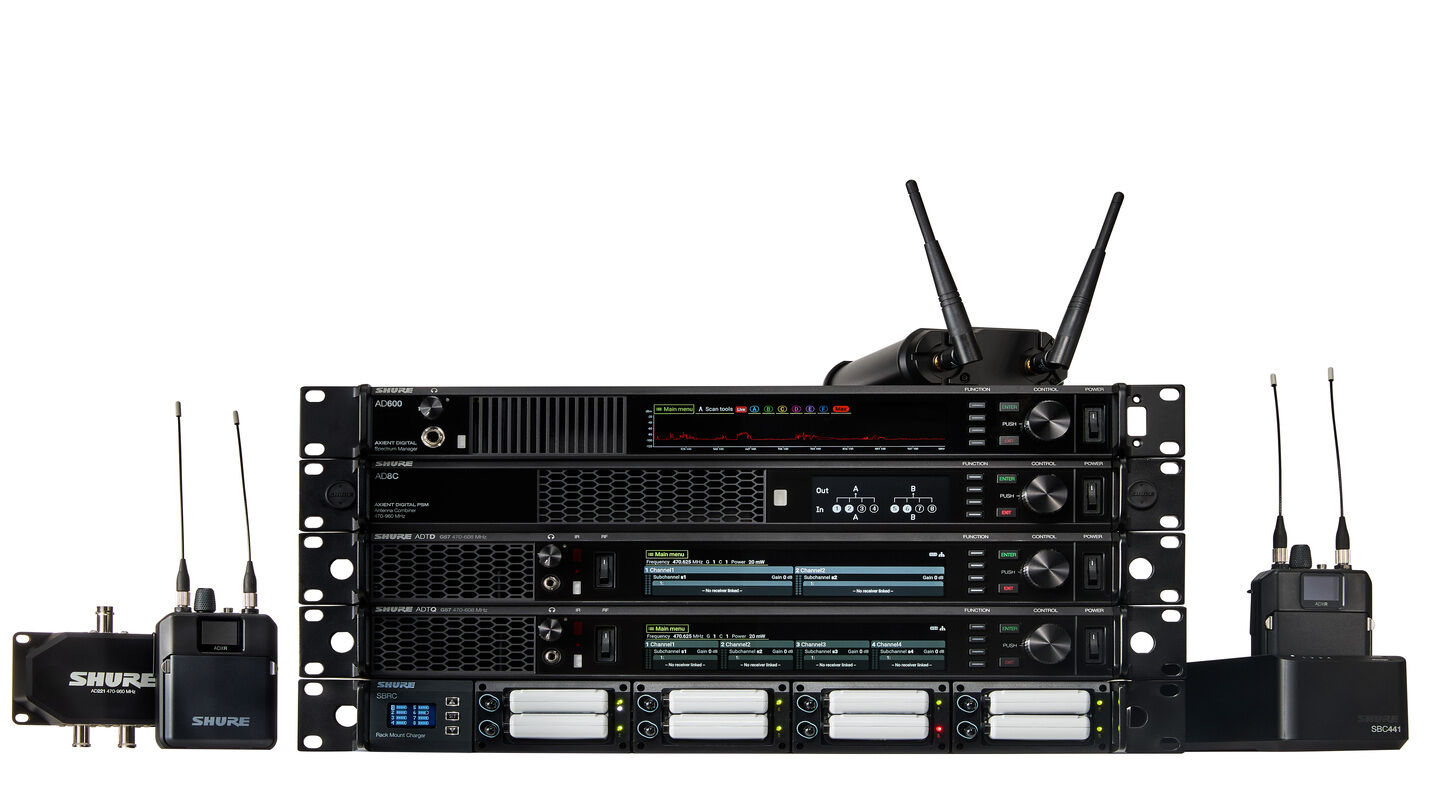Oscar-winning Sound Designer Johnnie Burn on why being a runner is still the best route to success and how he creates the unsettling unorthodox worlds for Yorgos Lanthimos, Jordan Peele and Jonathan Glazer.
Oscar-winning Sound Designer Johnnie Burn believes there’s no shortage of people wanting to come into the industry but that postgraduates often have a preconceived notion of what to expect that may not align with commercial pressures.
“Having a degree is a great way to get in but anyone who wants to succeed still has to maintain the attitude that there’s a lot to learn,” he says. “The learning you have from college will take you through the later part of your career much more quickly but unless you go and make tea, no one else in the company going to have that respect for you because they’ve all done it.”
Burn, who created the sonic world for films including Yorgos Lanthimos’s Poor Things, and Jonathan Glazer’s The Zone Of Interest, runs Academy Award and Bafta-nominated audio postproduction house Wave Studios, having grown it with...
You are not signed in
Only registered users can read the rest of this article.

MovieLabs: Creating an industry-aligned vision for the future of media creation
How MovieLabs is building on two decades of development in film and television to help guide the future of media creation.

CES 2026: “The ChatGPT moment for physical AI is nearly here”
Passive language-based text-to-video models are so last year. From the enterprise to the home to the creative suite, the future is multi-modal AI capable of massive three-dimensional world building and physical interaction.

Multi-camera live virtual production on a broadcast budget
German broadcaster SWR claims a world first live multi-camera virtual production with potential learnings for broadcasters everywhere.

M&E predictions and analysis: “It's going to be an exciting decade”
Four top media analysts reveal their data-backed assessments of 2025, as well as their predictions for 2026 and beyond.

IBC Accelerators in review: From ideas to prototypes to blueprints for the future
IBC2025’s Accelerator cohort delivered some of the most ambitious demonstrations yet, featuring AI-driven production workflows, a radical rethinking of ultra-low latency streaming, and even live private 5G networks flying in an ultralight aircraft. IBC365 hears from a handful of projects to learn about life after the show.



